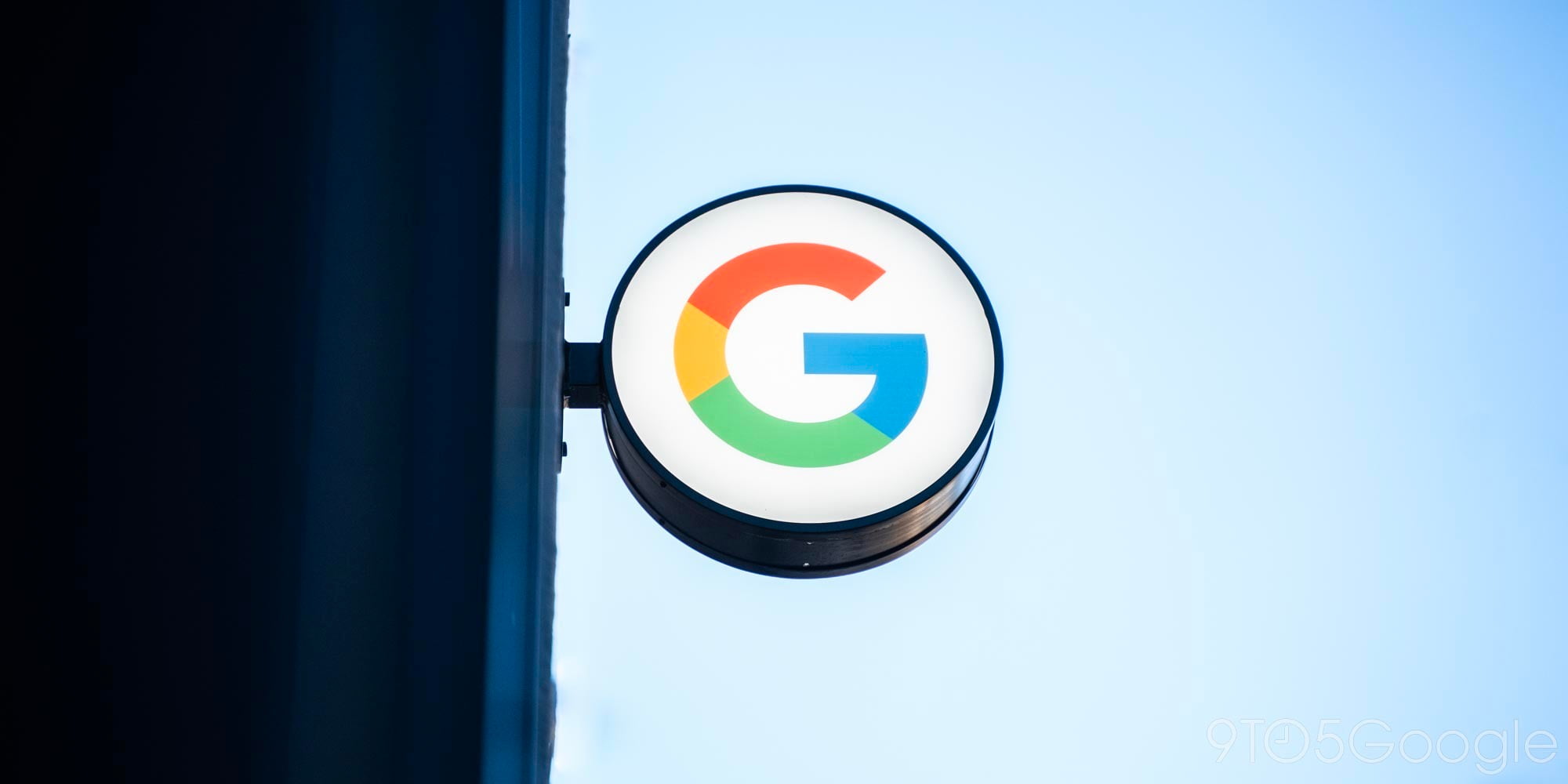HTC unveils the new HTC One (M8), here are the official specs

We’re live from New York at HTC’s unveiling of the new HTC One (M8) and the company has now officially unveiled the new flagship smartphone. The company has spent the starting of its presentation talking about the HTC One’s high-quality metal construction that it described as “like a premium watch,” as well as the new Gunmetal Gray Hairline Finish pictured above. It also shared a few specs for the device (below) before moving on to its new customized version of Android, Sense 6 (or 6th Sense).
One of the big announcements for Sense 6 is that HTC is opening up its Blinkfeed homescreen to developers with a new SDK releasing today. Foursquare will be the first partner to support the feature and will publish, for example, lunch recommendations into the Blinkfeed homescreen, while Fitbit will display activity milestones in the feed. HTC is hoping other app developers will follow with support.
We have most of the hardware specs below (no huge surprises), but HTC also spent a lot of time talking about small tweaks you might not see in the specs list like much improved sound quality through a combination of redesigned speaker chambers and software tweaks. HTC also mentioned some big improvements for the camera including a new camera switcher (pictured in the gallery below) with new “dual capture”, “selfie”, and “customizable manual” shooting modes. The M8 also features a 300 millisecond focus time that’s 50% faster than the previous generation.
Sales for the new HTC One (M8) will kick off today in the US and Canada. Details on availability for other countries and carriers are available here.
Check out the official specs from HTC and some shots from the event below:



